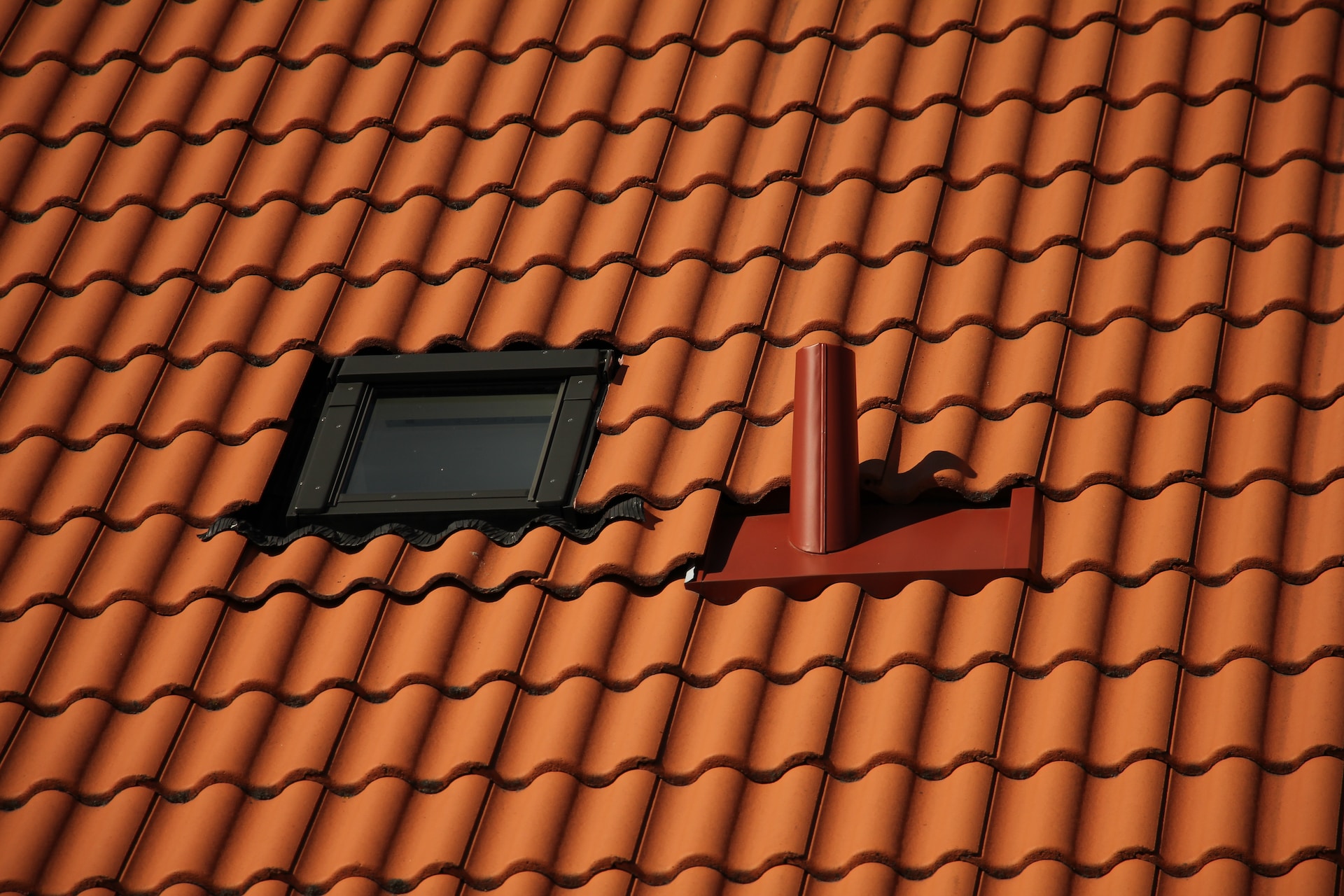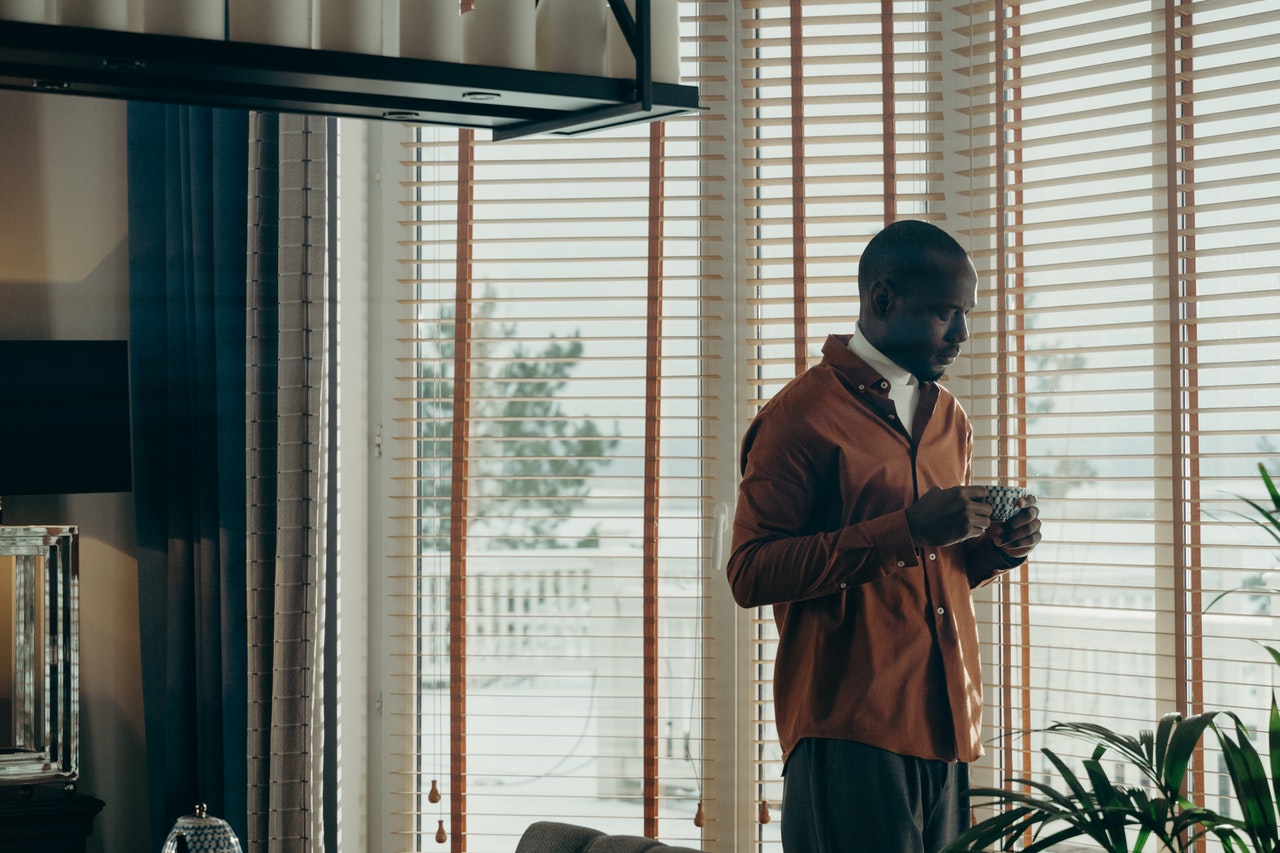Our lives depend on water, which is one of our most basic necessities, however the foundation of our homes definitely don’t need it! In fact, we normally want to do everything we can to keep water out of our homes. One of the most crucial jobs performed by your roof is this. So, after spending thousands of dollars on a brand-new roof, the last thing you want is to discover that your house is leaking. Identifying roof leaks is an important skill for every homeowner.
Leaks can develop due to a variety of reasons, including:
- Rot and Mold.
- Rodents or Other Pests Nesting on the Roof
- Bugs and Mite.
- Hail Damage.
- Flying Debris During Storms.
- Vandalism.
As soon as water begins to seep into your home below, the damages (and associated expenditures) can be massive. There are a few roof leak detection techniques you can apply to determine whether you have any concerns before contacting professional roofing contractor in Arlington Heights IL.
How To Find A Roof Leak
One of the most obvious signs that your roof is seeping water into your home is a leaky ceiling. However, there may be additional evidence that you have a roof leak before you really notice and hear water dripping from your ceiling.
Mold and Mildew
Mold and mildew are brought on by water damage, so if you smell something foul in your home, it’s probably damp somewhere. See if you can locate the source by following the smell.
Crawl Space Vapor Barrier installation is a crucial step in preventing such water-related issues. By creating a moisture barrier in your crawl space, you can effectively safeguard your home against potential leaks and dampness.
Discoloration
You might discover brownish spots on the ceiling or at the tops of the walls before water really begins to drip. The culprit that is most likely causing this kind of blotchy coloring is a leaky ceiling.
Distorted Walls
If you find that a section of your interior walls is swollen or even bulging out in certain spots, they may be becoming soaked with water and rapidly losing their structural integrity. This is a major indication that something is wrong, therefore you should immediately check your roof and do a thorough inspection for leaks.
Damaged Shingles
Inside the house, you might not even notice any of these issues. However, if you discover any loose or missing shingles, there’s a good possibility the roof is leaking where you can see the issue.
The challenge is that the majority of these warning signs for roof leaks make it difficult to identify the source/exact location of the leak (except for missing shingles). So, now that we’ve established a possible leak, we must investigate a little deeper.
Checking from the Attic
The attic is the ideal location to get a good picture of your roof’s underside. Grab a flashlight (or your iphone!), and be careful not to step in any areas that aren’t designed for it. When inspecting the roofs and the rafters, look for any signs of mold or mildew:
- Dark Spots.
- Discolored Patches.
- Wood that Appears Twisted or Rotted Away.
What happens though if you don’t have access to an attic, or don’t even have attic?
If are in a rental and don’t have access to the attic, your landlord or owner of the property should be taking care of this for you! It is not your duty as a tenant to guarantee the security and safety of the roof over your head. That’s up to the owner of the property. If you are reading this because your rental property has a leak, call your landlord to arrange for someone to visit and assess the situation. You shouldn’t encounter any resistance to this because landlords will want to protect their valuable assets from expensive issues like water damage.
However, if it your responsibility to take care of the roof repairs and you don’t have an attic, you’ll need to examine the house’s exterior. This will require climbing a ladder and getting onto the roof.
Doing A Roof Inspection
Use Caution!! A reliable and experience roofing company inspects roofs all throughout the Greater Chicagoland area every day. On the other hand, you most likely haven’t spent too much time on your roof. It will be necessary to do an inspection if a roof leak has been discovered, but you must proceed with extreme caution to prevent falling. Also, always go up on the roof with a partner; never go up there alone when nobody else is aware that you are up there. Once you’re on the roof, here’s what you’ll need to look for:
Roof Vent
Since this is one of the most typical spots for a roof to leak, start by looking around your roof vents. Over time, the seals around roof vents can often deteriorate and become loose, leading to a leaky roof.
Missing Shingles
In the same manner as before, look for missing shingles that are hidden from view below. Or, even if the shingles are still intact, see if any of them are beginning to pull away from the roof. If so, they are probably still letting water to enter. Additionally, water will be able to leak in through cracked or completely broken shingles.
Mold & Mildew
Just like in the attic, keep an eye out for any mold, mildew, or moss. See if you notice any off-colored or black streaks or spots. Additionally, moss can be especially harmful to a roof and may require a roof replacement or repair. Contact a Arlington Heights roofing contractor as soon as you notice moss eroding the roof of your home!
Filling An Insurance Claim
Taking images can be beneficial for the insurance company if you intend to submit an insurance claim. Show them any and all damage you see, and you may also use chalk to mark the roof to make it more visible.
Are you having trouble locating the cause of a leak but are aware that there is a problem? You can trust a good roofing company to thoroughly check your roof and provide you with a competitive quote for your roof repairs. To make the process as simple and straightforward for you as possible, your roofing contractor will coordinate with your insurance company.


